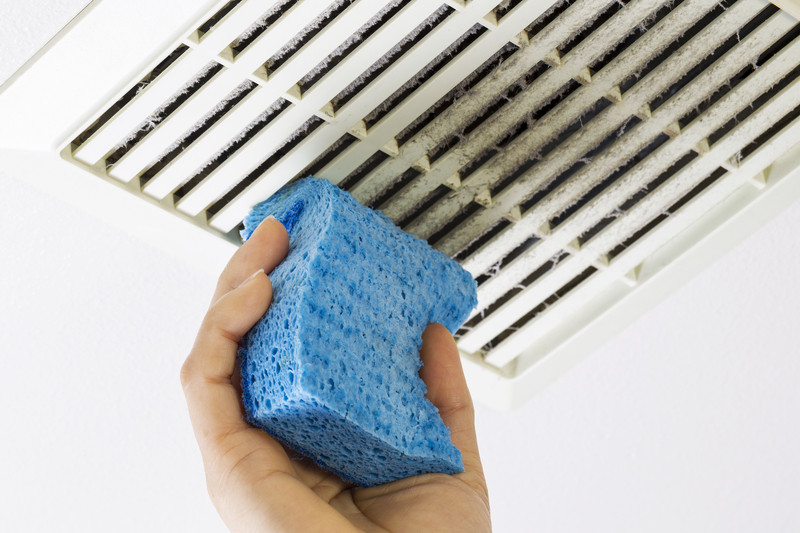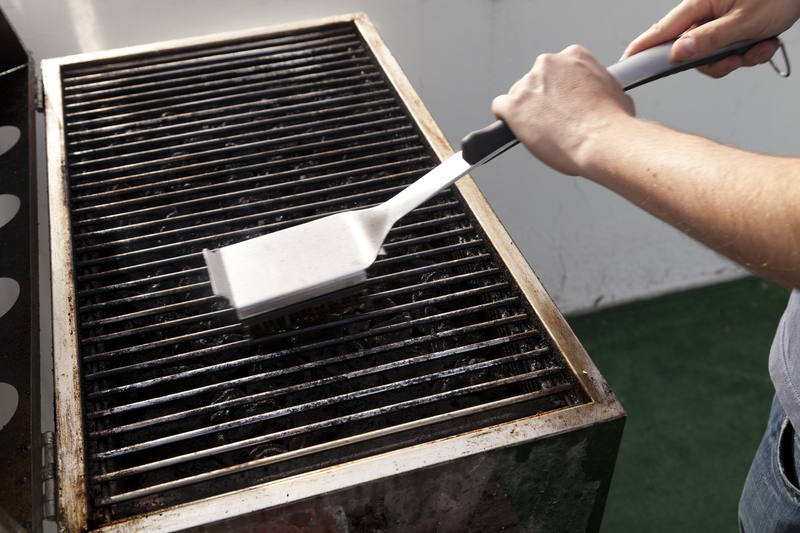Effective Tile Floor Cleaning Techniques
Posted on 02/10/2024
Tile flooring is a popular choice for many homeowners and businesses due to its durability, aesthetic appeal, and ease of maintenance. However, to keep tile floors in pristine condition, it's important to employ effective cleaning techniques. This article provides a comprehensive guide on how to clean tile floors effectively, ensuring they remain looking fresh and new for years to come.
The Importance of Regular Cleaning
Regular cleaning is essential for maintaining the beauty and longevity of tile floors. Dirt, grime, and stains not only make the floors look unsightly but can also cause long-term damage if not addressed promptly. Proper cleaning helps in removing these contaminants, preventing wear and tear, and preserving the tiles' finish.

Materials and Tools Needed for Tile Floor Cleaning
Before embarking on a tile floor cleaning project, it's crucial to assemble the necessary materials and tools. These typically include:
1. A broom or vacuum cleaner: For removing loose dirt and debris.
2. A mop and bucket: For applying and removing cleaning solutions.
3. Microfiber cloths: For spot cleaning and drying.
4. Tile cleaner or mild detergent: Specifically designed for tile surfaces.
5. Grout brush or old toothbrush: For scrubbing grout lines.
6. Warm water: For diluting cleaning solutions and rinsing.
Effective Tile Floor Cleaning Techniques
Proper cleaning techniques not only ensure the removal of dirt but also protect the integrity of the tile and grout. Here are some effective cleaning methods:
1. Sweeping and Vacuuming
Start by removing loose dirt and debris from the tile floor. Use a soft-bristle broom or a vacuum cleaner with a hard floor setting to avoid scratching the tiles. Ensure you cover all areas, including corners and edges, to prevent dirt buildup that could lead to staining.
2. Mopping
Once the floor is free of loose dirt, it's time to mop. Fill a bucket with warm water and add a suitable tile cleaner or mild detergent. Dip the mop into the solution and wring out excess water to avoid soaking the tiles. Mop the floor in sections, ensuring even coverage. Pay special attention to heavily soiled areas, and for best results, mop in a figure-eight motion to avoid spreading dirt around.
3. Spot Cleaning
For stubborn stains and spills, spot cleaning is essential. Dampen a microfiber cloth with the cleaning solution or a mixture of water and vinegar, and gently scrub the affected area. For tougher stains, you may need to let the solution sit for a few minutes before scrubbing. Rinse the area with clean water and dry it with a fresh cloth to prevent streaks.
Grout Cleaning
Grout, the material filling the spaces between tiles, is porous and can easily absorb dirt and stains. Regular cleaning of grout lines is necessary to maintain the overall appearance of the tile floor. Here's how to do it effectively:
1. Pre-Treating Grout Lines
Pre-treat the grout lines by applying a mixture of baking soda and water or a commercial grout cleaner. Use a grout brush or an old toothbrush to work the solution into the grout, allowing it to penetrate and break down the dirt and stains.
2. Scrubbing
After the pre-treatment has had time to work, scrub the grout lines vigorously using a grout brush or an old toothbrush. Focus on small areas at a time to ensure thorough cleaning. Rinse the area with clean water to remove any residue.
3. Sealing Grout
Once the grout is clean and dry, consider applying a grout sealer to protect it from future staining and moisture. A grout sealer acts as a barrier, preventing dirt and stains from penetrating the grout and making future cleaning easier.

Preventive Maintenance Tips
In addition to regular cleaning, adopting preventive maintenance practices can help prolong the life and beauty of your tile floors. Here are some tips:
1. Use Mats and Rugs
Place mats and rugs at entry points to trap dirt and moisture before they reach the tile floor. This reduces the amount of dirt that needs to be cleaned and prevents damage from abrasive particles.
2. Implement a No-Shoes Policy
Encourage family members and guests to remove their shoes before entering your home or business. This helps prevent the tracking of dirt and debris onto the tile floors, reducing the frequency of cleaning.
3. Clean Spills Immediately
Promptly clean up spills to prevent stains and damage to the tile and grout. Use a damp cloth to wipe up spills, and if necessary, follow up with a mild cleaning solution.
4. Regularly Dust and Sweep
Establish a routine of dusting and sweeping your tile floors to prevent dirt buildup. Regular maintenance minimizes the effort required for deep cleaning and helps maintain the tiles' appearance.
5. Avoid Harsh Chemicals
When choosing cleaning products, opt for those specifically designed for tile floors. Avoid using harsh chemicals, bleach, or abrasive cleaners, as these can damage the tile's surface and grout.
Conclusion
Maintaining tile floors in impeccable condition requires a combination of regular cleaning, effective cleaning techniques, and preventive maintenance. By following the detailed steps and tips outlined in this article, you can ensure that your tile floors remain beautiful, durable, and easy to clean. Regular sweeping, mopping, spot cleaning, and grout maintenance, along with preventive measures, are key to achieving long-lasting results. Whether in a home or a business setting, these effective tile floor cleaning techniques will help you keep your floors looking their best for years to come.

 Company name:
Company name:  Telephone:
Telephone:  Opening Hours:
Opening Hours:  Street address:
Street address:  City:
City:  E-mail:
E-mail:  Web:
Web:  Description:
Description: 







